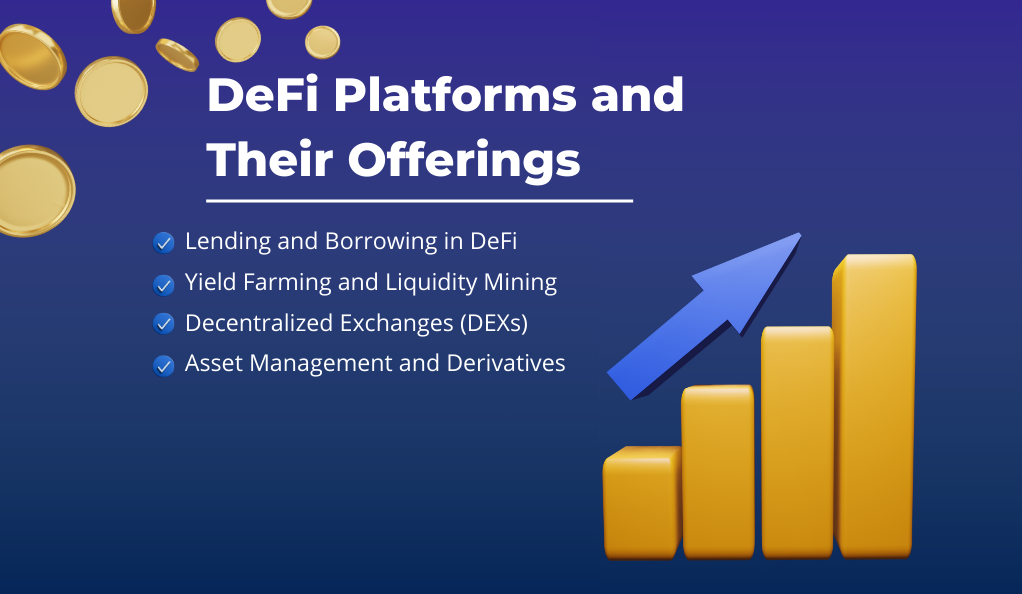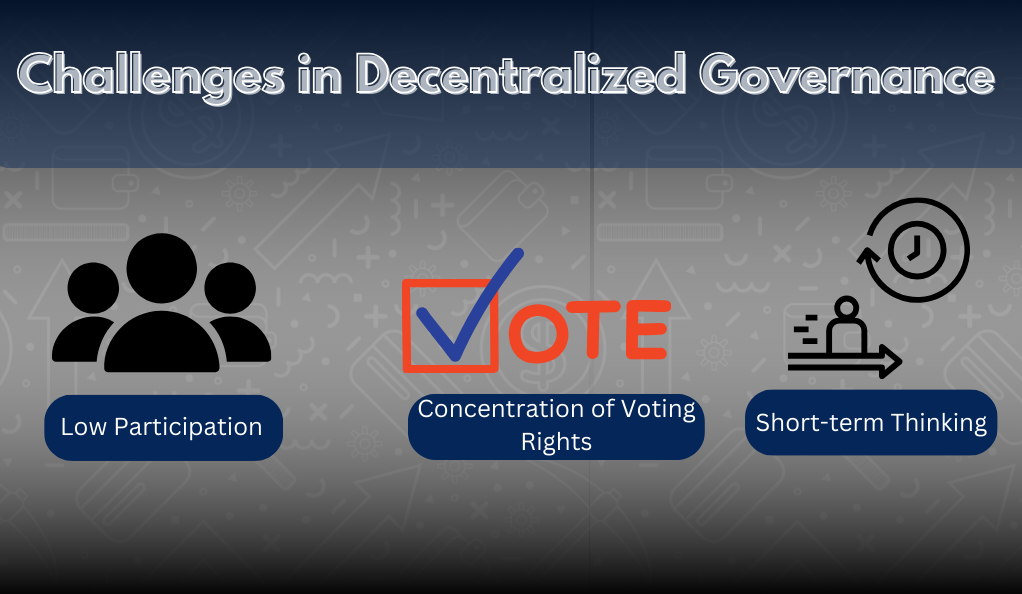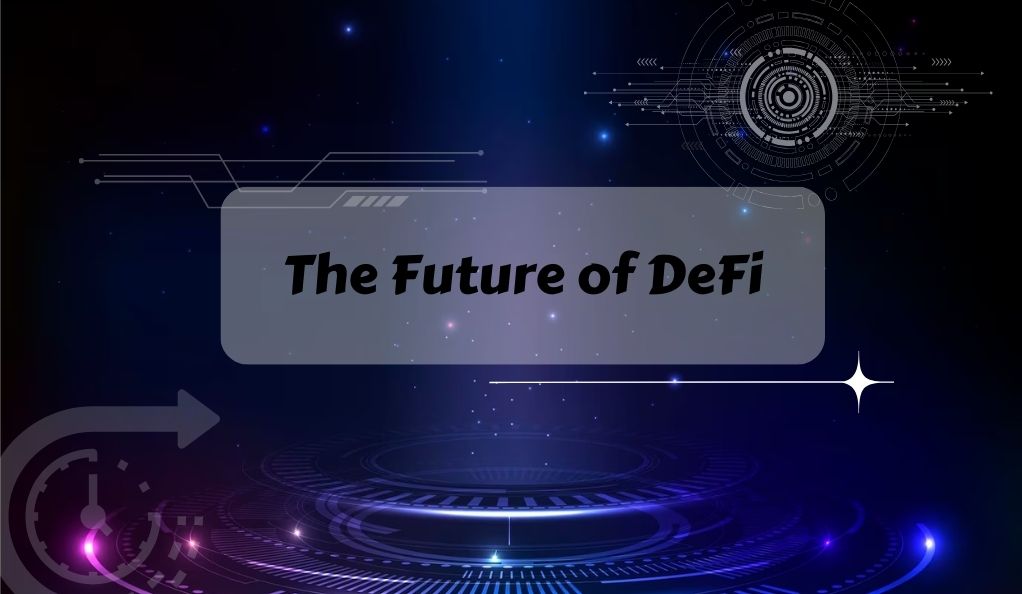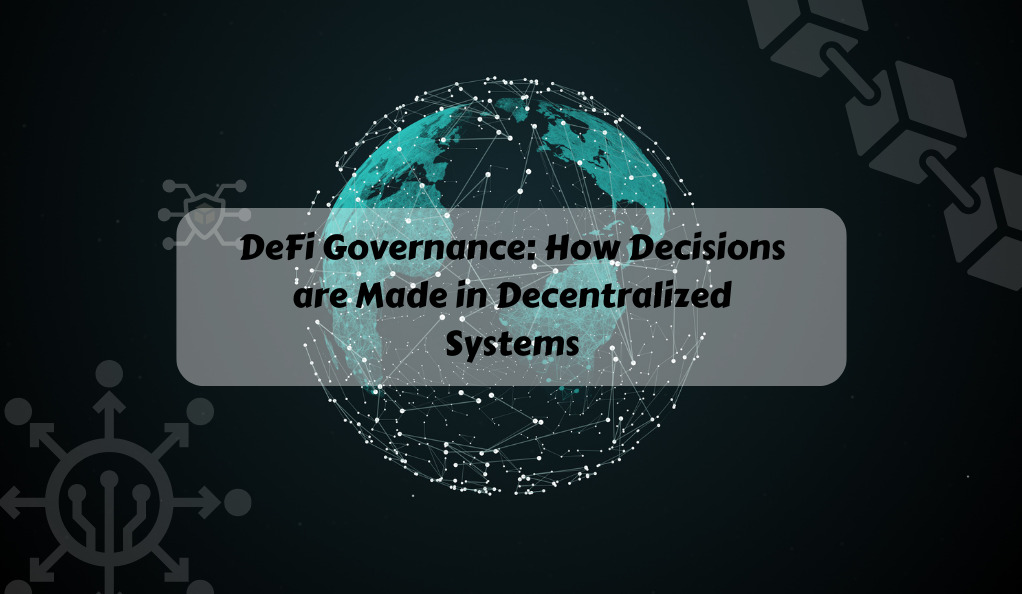Decentralized Finance, commonly referred to as DeFi, represents a revolutionary shift in the world of finance. Unlike traditional financial systems, which rely on intermediaries such as banks, brokerages, and exchanges, DeFi operates on a peer-to-peer model, eliminating the need for middlemen. This section delves into the core concepts of DeFi, its rise, and its significance in today’s financial landscape.
What is DeFi?
At its core, DeFi is a fusion of traditional banking services with blockchain technology. It offers a range of financial instruments and services without the need for centralized institutions. Instead, it leverages smart contracts on blockchains, primarily Ethereum, to automate and enforce complex financial operations.
| Traditional Finance | Decentralized Finance (DeFi) |
|---|---|
| Centralized institutions like banks and brokerages | Peer-to-peer systems without intermediaries |
| Manual processing and approval for transactions | Automated processes via smart contracts |
| Limited transparency and often hidden fees | Transparent operations and minimal fees |
| Restricted access based on geography and financial status | Global access for anyone with an internet connection |
The Rise of DeFi
The last few years have witnessed an explosive growth in DeFi platforms and services. From lending and borrowing platforms to decentralized exchanges, the DeFi ecosystem has expanded to offer a wide range of financial solutions. One of the primary reasons for this surge is the promise of democratizing finance. With DeFi, anyone, regardless of their geographical location or financial status, can access financial services, provided they have an internet connection.
Furthermore, the transparency and security offered by blockchain technology make DeFi platforms inherently resistant to censorship and external manipulation. This has made it an attractive alternative for those disillusioned with the inefficiencies and opacities of traditional financial systems.
Significance in the Modern Financial Ecosystem
DeFi’s significance cannot be understated. It challenges the very foundations of traditional finance and offers a glimpse into a future where financial systems are more open, inclusive, and transparent. By eliminating intermediaries, DeFi has the potential to reduce costs, increase efficiency, and create a more equitable financial landscape.
Moreover, with the ongoing innovations in the DeFi space, such as yield farming, liquidity mining, and decentralized governance, it’s clear that DeFi is not just a passing trend but a fundamental shift in how we perceive and interact with financial systems.
The Foundation of DeFi: Smart Contracts
The beating heart of the DeFi movement is the smart contract. These self-executing contracts with the terms of the agreement directly written into code lines have paved the way for the automation and decentralization that DeFi champions. Let’s delve deeper into understanding smart contracts and their pivotal role in the DeFi ecosystem.
Understanding Smart Contracts
A smart contract is a programmable contract that automatically executes, controls, or documents relevant events and actions according to the terms of a contract or an agreement. Think of it as a digital vending machine: you input a token (or a specific action), and the machine (smart contract) releases an item (or the outcome you desire).
For instance, in a DeFi lending platform, a smart contract could be programmed to release funds to a borrower once certain conditions are met, and similarly, to automatically collect repayments or even liquidate assets if the borrower defaults.
Ethereum and the Rise of Smart Contracts
While the concept of smart contracts predates Ethereum, it was this particular blockchain that brought them to the forefront. Ethereum was designed as a general-purpose blockchain, with its native programming language, Solidity, allowing developers to create and deploy their own smart contracts. This flexibility and adaptability have made Ethereum the go-to platform for DeFi applications.
| Before Ethereum | After Ethereum |
|---|---|
| Limited scope and application of smart contracts | Widespread use and diverse applications |
| Predominantly theoretical discussions | Practical implementations in finance, governance, and more |
| Niche developer interest | Global developer communities and massive investments |
The Role of Smart Contracts in DeFi
Smart contracts serve as the backbone for most DeFi projects. Here’s how:
- Automation: They automate complex processes, from loan approvals to interest payments, without human intervention.
- Trustless Transactions: Parties don’t need to trust each other; they just need to trust the code. If conditions are met, the contract executes.
- Transparency: All contract terms are visible on the blockchain, ensuring complete transparency in operations.
- Interoperability: Smart contracts can interact with other contracts, creating a web of integrated financial services in the DeFi space.
Challenges and Considerations
While smart contracts hold immense promise, they aren’t without challenges:
- Immutable but not Infallible: Once deployed, a smart contract cannot be altered, which means any inherent bugs or vulnerabilities remain.
- Complexity Risks: The more complex a contract, the higher the risk of unforeseen vulnerabilities.
- Gas Fees: On platforms like Ethereum, executing smart contracts requires gas, which can become expensive during network congestion.
DeFi Platforms and Their Offerings

The DeFi landscape is vast and varied, with platforms catering to a multitude of financial needs, from lending and borrowing to insurance and asset management. This section will provide an overview of some prominent DeFi platforms and the unique solutions they bring to the table.
Lending and Borrowing in DeFi
One of the most popular use cases in DeFi is lending and borrowing. Unlike traditional systems, DeFi platforms offer a more flexible, transparent, and often more lucrative environment for both lenders and borrowers.
- MakerDAO: A pioneer in the DeFi space, MakerDAO allows users to lock up assets like Ethereum as collateral to mint its stablecoin, DAI. The platform uses smart contracts to automate the entire process, ensuring that DAI remains pegged to the US dollar.
- Compound Finance: Another heavyweight, Compound, offers a decentralized marketplace for lenders and borrowers. Users can earn interest on their deposits or borrow against them. The interest rates are algorithmically determined based on supply and demand.
Yield Farming and Liquidity Mining
Beyond simple lending and borrowing, the DeFi ecosystem has given birth to innovative concepts like yield farming and liquidity mining.
- Yield Farming: This involves leveraging various DeFi protocols to maximize returns. Users move their assets around different platforms to take advantage of the best interest rates or rewards.
- Liquidity Mining: Platforms incentivize users to provide liquidity by rewarding them with tokens. This not only ensures smooth platform operations but also allows users to earn passive income.
Decentralized Exchanges (DEXs)
Centralized exchanges have long been a staple in the crypto world, but DeFi has introduced a decentralized alternative.
- Uniswap: A leading DEX, Uniswap allows users to swap various cryptocurrencies without relying on a central authority. It employs an automated market maker (AMM) model, where liquidity pools replace traditional order books.
- Sushiswap: Originally a fork of Uniswap, Sushiswap has introduced additional features and community governance, making it a notable player in the DEX space.
Asset Management and Derivatives
DeFi isn’t just about lending, borrowing, or exchanging assets. It’s also reshaping asset management and the world of financial derivatives.
- Yearn.Finance: An automated yield farming tool, Yearn.Finance redirects users’ funds to the most profitable DeFi protocols, optimizing returns.
- Synthetix: This platform allows users to mint and trade synthetic assets, representing real-world assets like gold, stocks, or other cryptocurrencies.
Governance in DeFi
As DeFi platforms grow in complexity and user base, the question of governance—how decisions are made and who gets to make them—becomes paramount. Unlike centralized systems where decisions are made by a select few, DeFi aims for a more democratic approach. This section delves into the intricacies of governance in the decentralized world.
The Role of Tokens in DeFi Governance
Tokens play a pivotal role in the governance of many DeFi platforms:
- Voting Rights: Token holders often have the right to vote on proposals that can alter the platform’s direction, parameters, or features. The more tokens one holds, the more significant their voting power.
- Incentivization: Tokens can be used to incentivize certain behaviors within the platform, such as providing liquidity, participating in votes, or holding onto tokens for longer durations.
Challenges in Decentralized Governance

While the idea of decentralized governance is noble, it’s not without its challenges:
- Low Participation: Often, only a small fraction of token holders participate in votes, leading to decisions made by a minority.
- Concentration of Voting Rights: In many platforms, a significant portion of tokens might be held by a few entities, leading to centralized decision-making.
- Short-term Thinking: Token holders might prioritize decisions that boost the token’s price in the short term, potentially at the expense of the platform’s long-term health.
Notable Governance Models in DeFi
Different platforms have adopted various governance models to suit their needs:
- Direct Governance: Every token holder can vote on every proposal. This is the most straightforward model but can suffer from low participation rates.
- Delegate Governance: Token holders can delegate their voting rights to representatives who vote on their behalf, streamlining the decision-making process.
- Futarchy: A more experimental model where decisions are made based on prediction markets. The idea is that the market’s collective wisdom can guide the platform towards beneficial decisions.
The Future of DeFi Governance
As DeFi matures, its governance models will likely evolve. The community is actively exploring ways to increase participation, ensure fair representation, and make decisions that benefit the platform in the long run. Some emerging trends include:
- Quadratic Voting: A system where the cost of additional votes increases quadratically, allowing for more balanced voting power.
- Snapshot Voting: Off-chain voting mechanisms that reduce the cost and complexity of participation.
- DAOs (Decentralized Autonomous Organizations): Entire platforms governed by smart contracts and community votes, representing the pinnacle of decentralized governance.
Risks and Challenges in DeFi
While the DeFi ecosystem offers a plethora of opportunities and innovations, it’s not without its risks. As with any nascent technology, there are challenges and vulnerabilities that users and developers must be aware of. This section sheds light on some of the most pressing risks in the DeFi space.
Smart Contract Vulnerabilities
The very foundation of DeFi, smart contracts, can sometimes be its Achilles’ heel:
- Coding Errors: A small oversight in code can lead to significant vulnerabilities. Since smart contracts are immutable once deployed, any inherent bug can be exploited until a new version is rolled out.
- External Attacks: From reentrancy attacks to oracle manipulation, smart contracts can be susceptible to various external threats.
Liquidity Risks
Liquidity is the lifeblood of many DeFi platforms, but it comes with its own set of challenges:
- Impermanent Loss: In automated market makers like Uniswap, liquidity providers can face losses if the price of their provided assets changes significantly.
- Liquidity Crunch: If too many users try to withdraw their assets simultaneously, a platform might face a liquidity crunch, making it difficult for users to access their funds.
Regulatory Concerns
The decentralized nature of DeFi poses challenges for regulators:
- Unclear Jurisdiction: Since DeFi platforms operate globally without a central authority, it’s challenging to determine which jurisdiction they fall under.
- Compliance Issues: Many DeFi platforms might not comply with traditional financial regulations, leading to potential legal challenges.
“Rug Pulls” and Scams
The DeFi space has seen its fair share of scams and malicious actors:
- Rug Pulls: This involves developers or initial liquidity providers withdrawing all their funds, leaving other users with worthless tokens.
- Ponzi Schemes: Some platforms promise high returns to attract users but rely on new deposits to pay out older users, a classic Ponzi setup.
Platform Interoperability Risks
As DeFi platforms increasingly interact with each other:
- Compound Risks: A vulnerability in one platform can cascade across multiple platforms due to their interconnectedness.
- Oracle Failures: Many platforms rely on oracles for price information. If an oracle provides incorrect data, it can lead to significant losses across various platforms.
The Future of DeFi

The DeFi movement, though still in its infancy, has already made significant strides in reshaping the financial landscape. As we look to the horizon, it’s essential to consider the potential trajectories, innovations, and challenges that lie ahead for decentralized finance.
Mainstream Adoption and Integration
- User-Friendly Interfaces: One of the barriers to DeFi adoption has been its complexity. As platforms develop more intuitive interfaces and user experiences, mainstream adoption will likely increase.
- Integration with Traditional Finance: There’s potential for DeFi platforms to integrate with traditional financial systems, bridging the gap between centralized and decentralized finance.
Layer 2 Solutions and Scalability
- Ethereum 2.0: With the transition to Ethereum 2.0 and its proof-of-stake mechanism, we can expect faster transaction times and reduced gas fees, enhancing the DeFi experience.
- Alternative Blockchains: While Ethereum dominates the DeFi space, other blockchains like Binance Smart Chain, Polkadot, and Solana are emerging as contenders, offering scalability and lower fees.
Advanced Financial Instruments
- Derivatives and Insurance: As the DeFi space matures, we can expect more sophisticated financial instruments, including decentralized options, futures, and insurance products.
- Cross-Chain Platforms: Platforms that can operate across multiple blockchains will become increasingly valuable, allowing for greater liquidity and flexibility.
Regulation and Compliance
- Collaborative Approach: Instead of a confrontational stance, there’s potential for a collaborative approach between regulators and the DeFi community to ensure consumer protection without stifling innovation.
- Self-Regulatory Organizations: The DeFi community might establish self-regulatory bodies to set standards and best practices, enhancing trust and credibility.
Sustainability and Environmental Concerns
- Proof-of-Stake and Eco-Friendly Mechanisms: With increasing concerns about the environmental impact of proof-of-work blockchains, the shift towards more eco-friendly consensus mechanisms will become crucial.
- Carbon-Neutral Initiatives: Some platforms might adopt carbon offset initiatives, contributing to environmental causes to counteract their carbon footprint.
Conclusion
Decentralized Finance (DeFi) stands as a beacon of innovation, challenging traditional financial norms and offering a more inclusive and transparent alternative. While its journey is marked by immense promise, it’s also intertwined with complexities, from regulatory nuances to technological challenges.
However, the rapid growth of DeFi underscores a collective desire for a more democratized financial landscape. For users, it’s a call for informed engagement and caution. For developers, it’s a reminder of their responsibility to prioritize security and user well-being.
In essence, DeFi isn’t just a technological trend; it’s a movement reshaping finance. As we navigate this evolving landscape, DeFi invites us to be both participants and architects of a transformative financial future.
At axerunners.com, our goal is to furnish well-rounded and trustworthy information regarding cryptocurrency, finance, trading, and stocks. Nonetheless, we avoid providing financial advice and instead encourage users to conduct their own research and meticulous verification.
Read More











